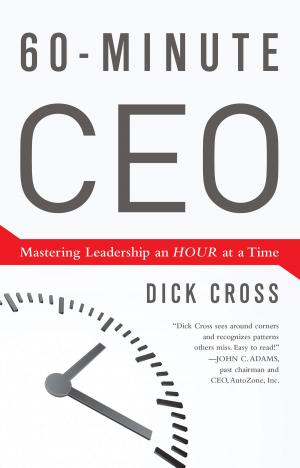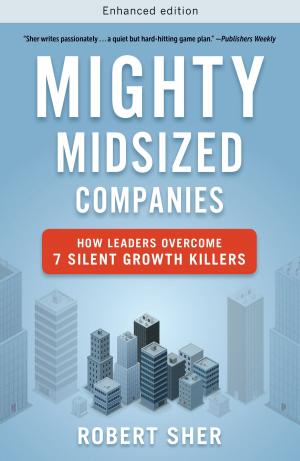The CIO Paradox
Battling the Contradictions of IT Leadership
Business & Finance, Industries & Professions, Information Management| Author: | Martha Heller | ISBN: | 9781937134297 |
| Publisher: | Bibliomotion, Inc. | Publication: | October 16, 2012 |
| Imprint: | Bibliomotion, Inc. | Language: | English |
| Author: | Martha Heller |
| ISBN: | 9781937134297 |
| Publisher: | Bibliomotion, Inc. |
| Publication: | October 16, 2012 |
| Imprint: | Bibliomotion, Inc. |
| Language: | English |
Regardless of industry, most major companies are becoming technology companies. The successful management of information has become so critical to a company’s goals that in many ways, now is the age of the CIO. Yet IT executives are besieged by a host of contradictions: bad technology can bring a company to its knees, but corporate boards rarely employ CIOs; CIOs must keep costs down at the very same time that they drive innovation. CIOs are focused on the future, while they are tethered by technology decisions made in the past. These contradictions form what Martha Heller calls The CIO Paradox, a set of conflicting forces that are deeply embedded in governance, staffing, executive expectations, and even corporate culture. Heller, who has spent more than 12 years working with the CIO community, offers guidance to CIOs on how to attack, reverse, or neutralize the paradoxical elements of the CIO role. Through interviews with a wide array of successful CIOs, The CIO Paradox helps readers level the playing field for IT success and get one step closer to bringing maximum value to their companies. The book addresses four vantage points for CIOs to consider as they move toward improvement: their particular Role, their Stakeholders, their Organization, and their particular Industry. When fully understood, these four aspects of IT leadership work in concert to comprise what Heller considers to be a winning formula for excellence.
Regardless of industry, most major companies are becoming technology companies. The successful management of information has become so critical to a company’s goals that in many ways, now is the age of the CIO. Yet IT executives are besieged by a host of contradictions: bad technology can bring a company to its knees, but corporate boards rarely employ CIOs; CIOs must keep costs down at the very same time that they drive innovation. CIOs are focused on the future, while they are tethered by technology decisions made in the past. These contradictions form what Martha Heller calls The CIO Paradox, a set of conflicting forces that are deeply embedded in governance, staffing, executive expectations, and even corporate culture. Heller, who has spent more than 12 years working with the CIO community, offers guidance to CIOs on how to attack, reverse, or neutralize the paradoxical elements of the CIO role. Through interviews with a wide array of successful CIOs, The CIO Paradox helps readers level the playing field for IT success and get one step closer to bringing maximum value to their companies. The book addresses four vantage points for CIOs to consider as they move toward improvement: their particular Role, their Stakeholders, their Organization, and their particular Industry. When fully understood, these four aspects of IT leadership work in concert to comprise what Heller considers to be a winning formula for excellence.















